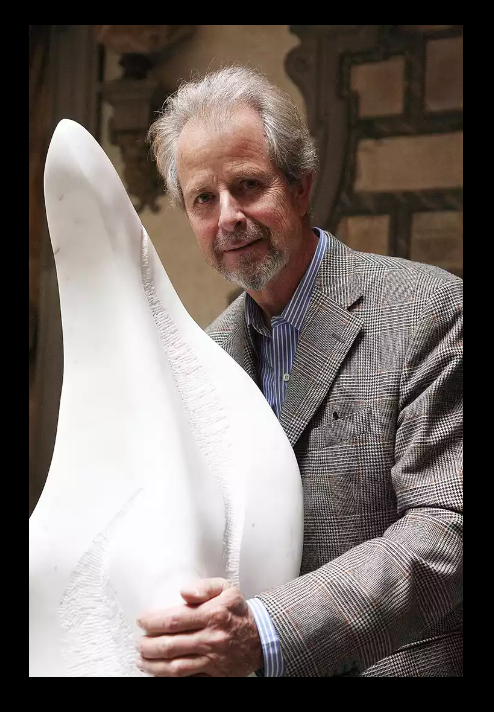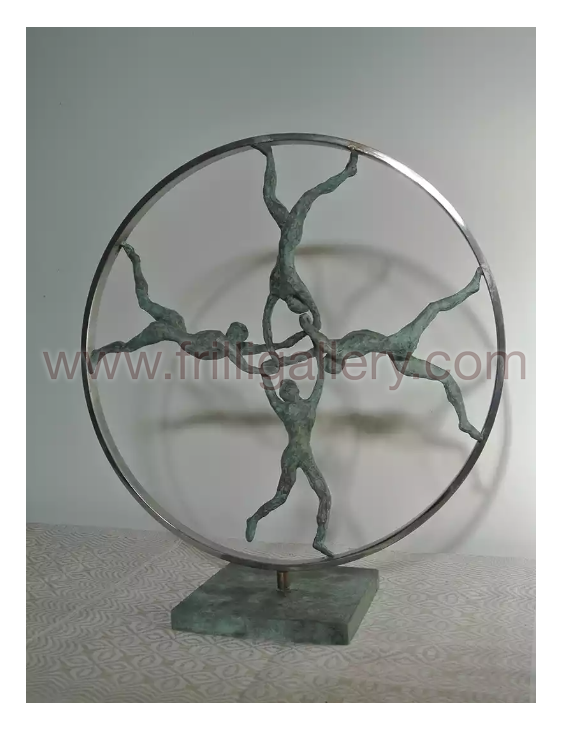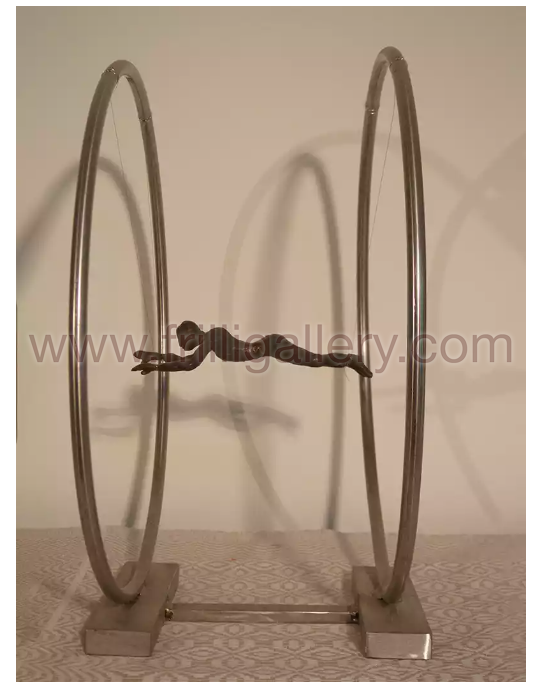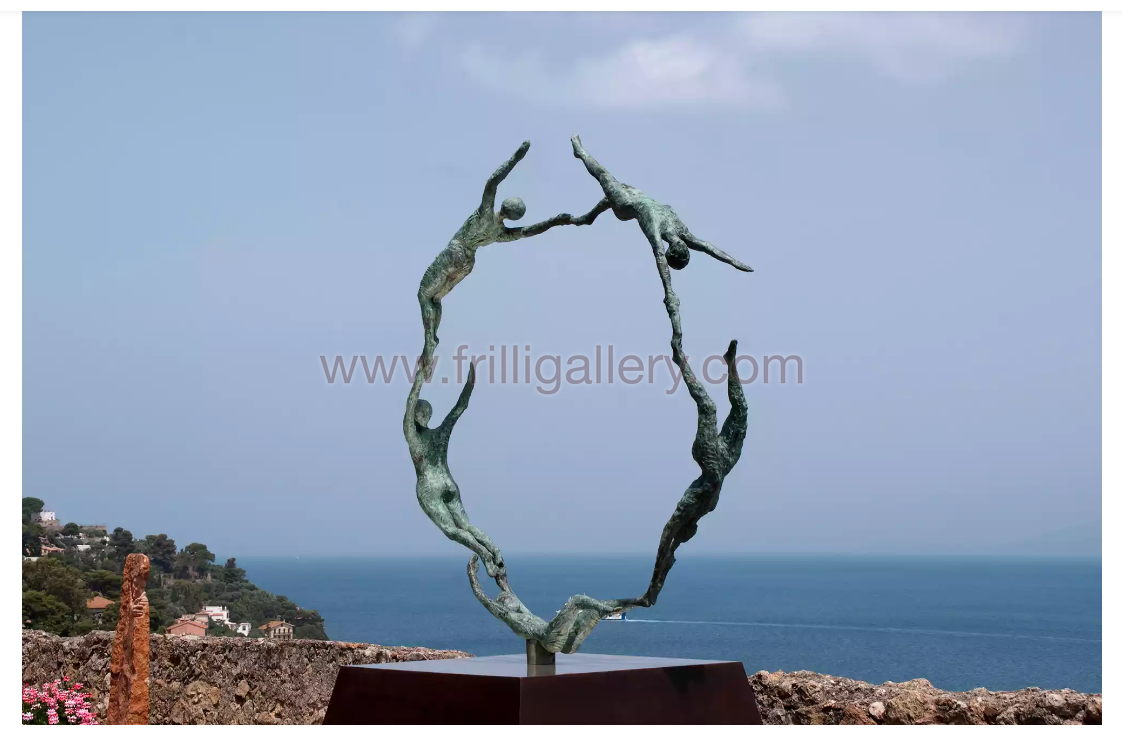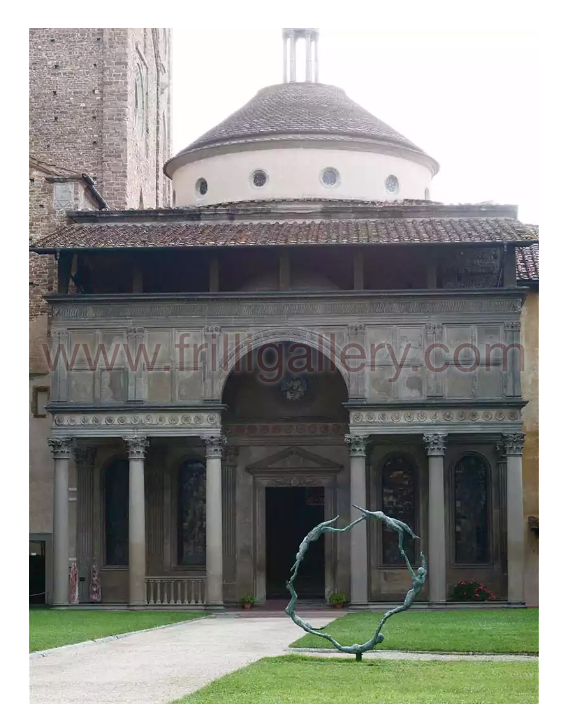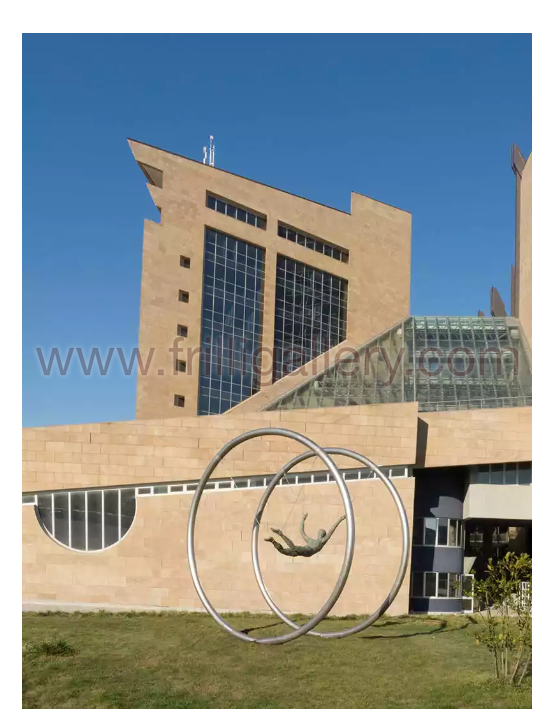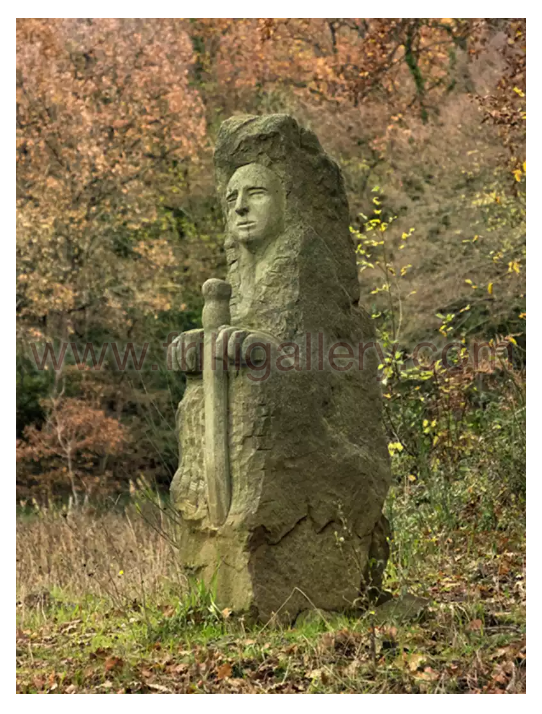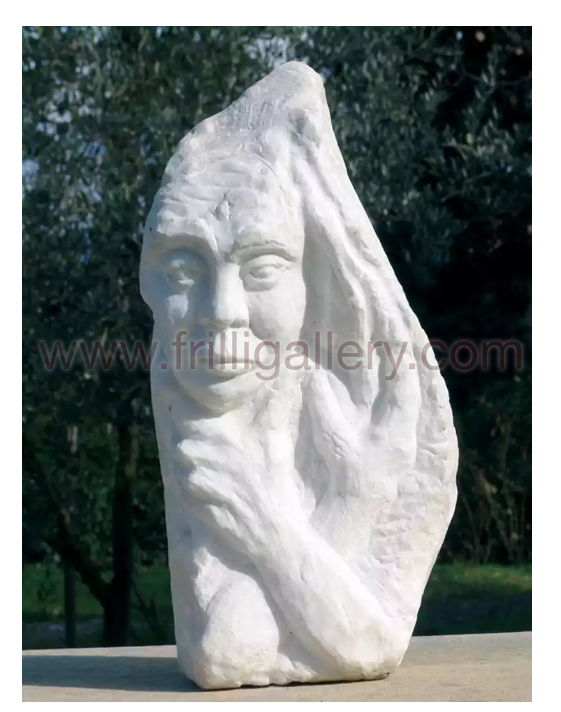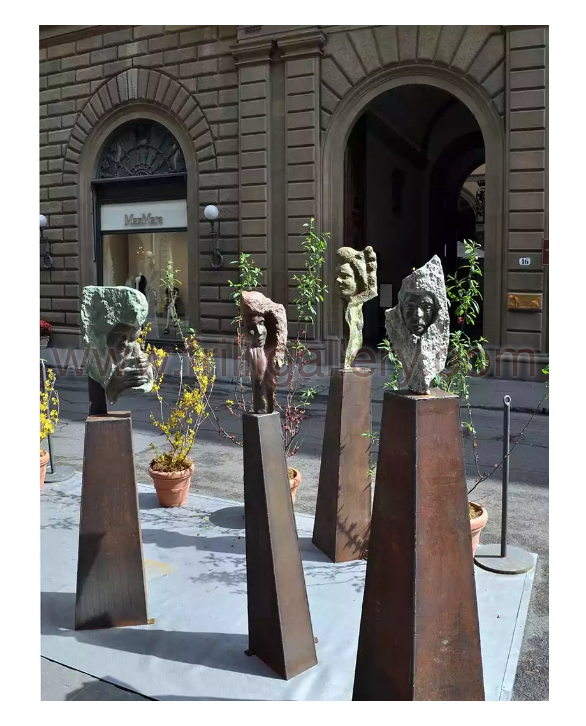
художники
Antonio Crivelli
Son of the painter Renzo Crivelli and the sculptor Katherine Lester, he was born in 1947 and has dedicated himself to sculpture since 1990, after experiences in painting and mosaic.
The artistic environment in which he grew up, also composed of several painter brothers, shaped and directed his vocation to creativity which found a passionate outlet in sculpture, to which he dedicated himself in symbiosis with his career as a magistrate. Following his mother's footsteps, he initially tried his hand at clay modeling and then stone and marble sculpture. With chisels, subbies and steps he extracted faces and figures just emerging from the raw material, to represent the emergence of the spirit from matter. He then dedicated himself to working with marble, obtaining abstract, sinuous and smooth shapes from fragments of blocks found in Carrara, inspired by the search for the emotional origin of creativity. In the sawmill laboratories he learned to engrave not only the ductile white Carrara but also the colored marbles, such as the porous red travertine of Persia and the glassy Red of France, with variegated colors on a blood background.
Terracottas of various sizes reproduce human figures and large ceramic vases, with unusual angular shapes and twisted structures, represent puzzles of landscapes and symbolized figures.
The working of wax also allowed him to shape models from which he took small bronzes and, taking advantage of the versatility of bronze to verticality, he created large castings which he exhibited during exhibitions in institutional places - such as the Cloister of Santa Croce, the Fortezza of Monte Argentario, the Archaeological Museum of Fiesole, the European University of Florence, the Palace of Justice of Florence - in whose public spaces they are installed.
More recently he has also undertaken a sculpture journey in the area on the wooded slopes of Poggio di Firenze, obtaining emerging figures like fleeting apparitions from the boulders found on site
